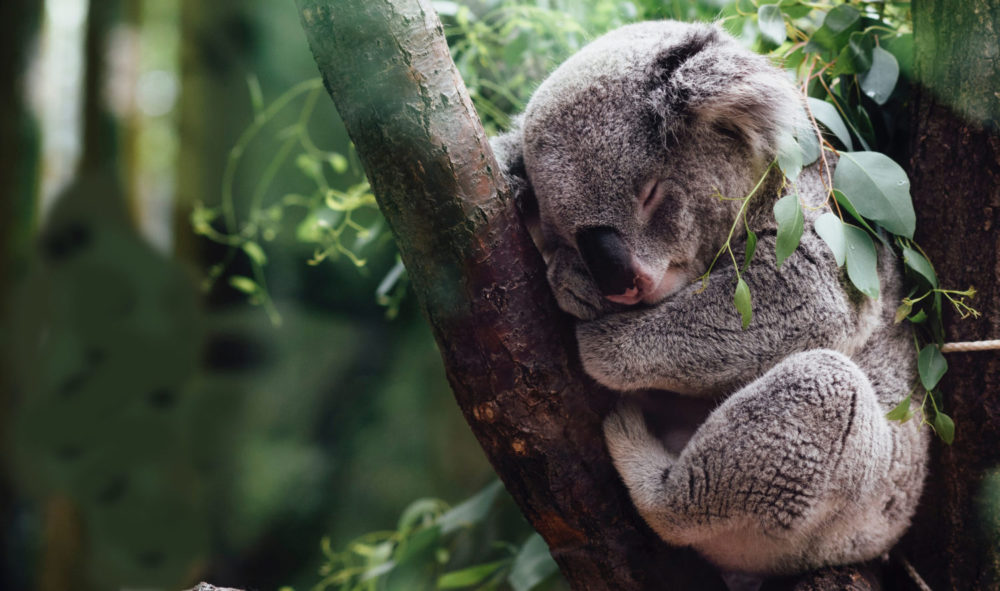The Environmental Defenders Office strongly welcomes the introduction of the Palaszczuk Government’s South East Queensland Koala Conservation Strategy, along with The Wilderness Society.
This strategy has been significantly strengthened since the draft version was released last year and should result in real, on-ground outcomes for koalas and their habitat.
“Koalas are deeply important for Australians on so many levels. They are endemic to our country, instantly recognisable, culturally significant for First Nations people and are a huge tourism drawcard. You could clearly see during the recent bushfire disaster just how much everyday people want to save them. We need to give them the best possible chance of survival,” said Dr Anita Cosgrove, Deforestation Campaigner with the Wilderness Society.
“While this Strategy is a good start, it isn’t the panacea for the survival of our koalas”
Revel Pointon, EDO solicitor
“This Strategy will help give our koalas in SEQ a fighting chance, by providing meaningful targets and continued, transparent monitoring and evaluation mechanisms to assess and adapt the government’s response if we aren’t hitting those targets,” said Revel Pointon, Law Reform Solicitor with the Environmental Defenders Office.
Koala populations are down by almost 50% right across the state. In South East Queensland it’s even worse – populations are down by nearly 80% in some regions. It is estimated that the species will go extinct in the wild by 2050 in some parts of Queensland unless action is taken to reverse population declines.
The public demonstrated overwhelming concern for koalas and interest in the Strategy with thousands of people making a submission on the draft Strategy and asking for more habitat for koalas and stronger laws to protect their habitat from clearing.
“It’s heartening to see the Government has listened to the community by providing more ambitious and tangible targets to lead action to better protect koalas,” said Dr Cosgrove.
The newly released Strategy has some significant improvements over the draft version, including:
- A revised target to achieve a net gain in koala habitat – this means no more backwards steps in overall habitat extent;
- A 10-fold increase to the habitat restoration target;
- A commitment to implement ten threat reduction programs to combat dog attacks, disease and vehicle strikes;
- Providing a process for community members and local councils to nominate koala habitat that should be protected;
- Establishing an expert group to independently assess nominations and amendments to habitat mapping; and
- Publicly releasing progress made towards each target on an annual basis which is essential for good accountability and transparency.
“Of course, while this Strategy is a good start, it isn’t the panacea for the survival of our koalas. Urgent attention is still needed to address the numerous and compounding exemptions to the legal habitat protections put in at the start of the year and to rectify our detrimental offsets framework,” said Ms Pointon.
“What’s more, our koalas outside of SEQ are still at serious threat of broadscale clearing of their habitat from agricultural practices particularly. Our koalas across Queensland deserve the same level of mapping and protection given to our SEQ koalas to ensure their survival,” said Ms Pointon.
“It has taken almost 6 years to get to this point following the commissioning of the SEQ Koala Population Modelling Study. We can’t afford to wait another 6 years before taking action to protect koalas more broadly across Queensland. Koala populations need stringent protections now,” said Dr Cosgrove.
Latest koala news






